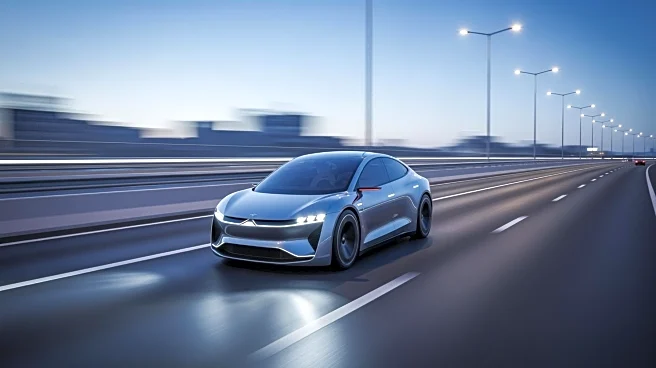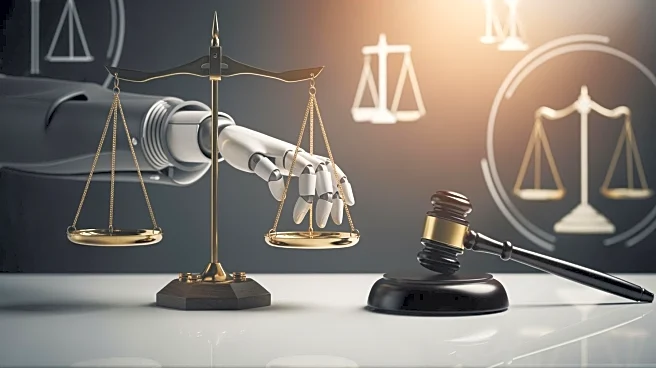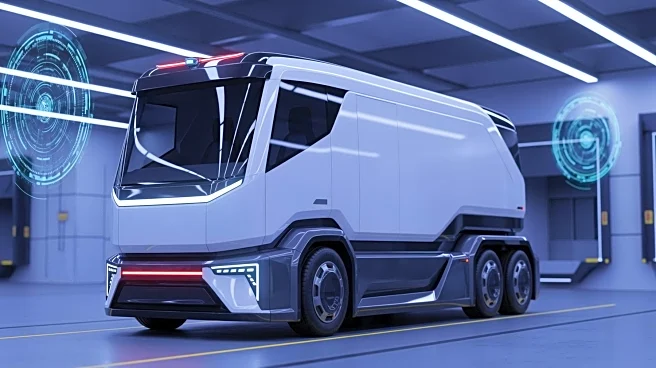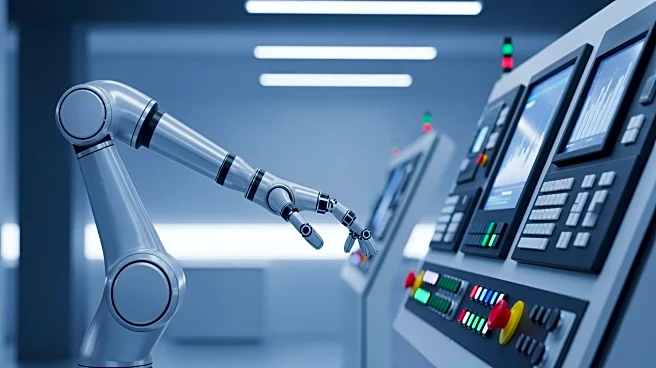What's Happening?
Lyft CEO David Risher recently spoke about the future of self-driving vehicles, emphasizing their potential to become a global phenomenon. In a conversation with Arjun Kharpal, Risher highlighted Lyft's
strategic moves, including its acquisition of Freenow, a European ride-hailing service. This acquisition is part of Lyft's broader plan to expand its presence in Europe, leveraging the growing interest in autonomous vehicles. Risher believes that robotaxis will play a significant role in the transportation industry, offering a glimpse into the company's vision for integrating self-driving technology into its services.
Why It's Important?
The discussion on self-driving vehicles is crucial as it signals a shift in the transportation industry towards automation and innovation. Lyft's expansion into Europe and its focus on robotaxis could significantly impact the ride-hailing market, potentially reducing costs and increasing efficiency. This move may also influence regulatory frameworks and public policy regarding autonomous vehicles, as governments adapt to new technologies. Stakeholders in the automotive and tech industries stand to benefit from advancements in self-driving technology, while traditional transportation services may face challenges in adapting to these changes.
What's Next?
Lyft's acquisition of Freenow and its focus on self-driving vehicles suggest further developments in the company's European strategy. As Lyft integrates autonomous technology, it may face regulatory hurdles and public acceptance challenges. The company will likely continue to collaborate with tech firms and policymakers to advance its self-driving initiatives. Additionally, the success of robotaxis in Europe could pave the way for similar expansions in other regions, potentially reshaping global transportation networks.
Beyond the Headlines
The rise of self-driving vehicles raises ethical and legal questions, such as liability in accidents and data privacy concerns. As Lyft and other companies push forward with autonomous technology, these issues will need to be addressed to ensure safe and equitable implementation. Furthermore, the shift towards automation may lead to job displacement in the transportation sector, necessitating workforce retraining and adaptation.











